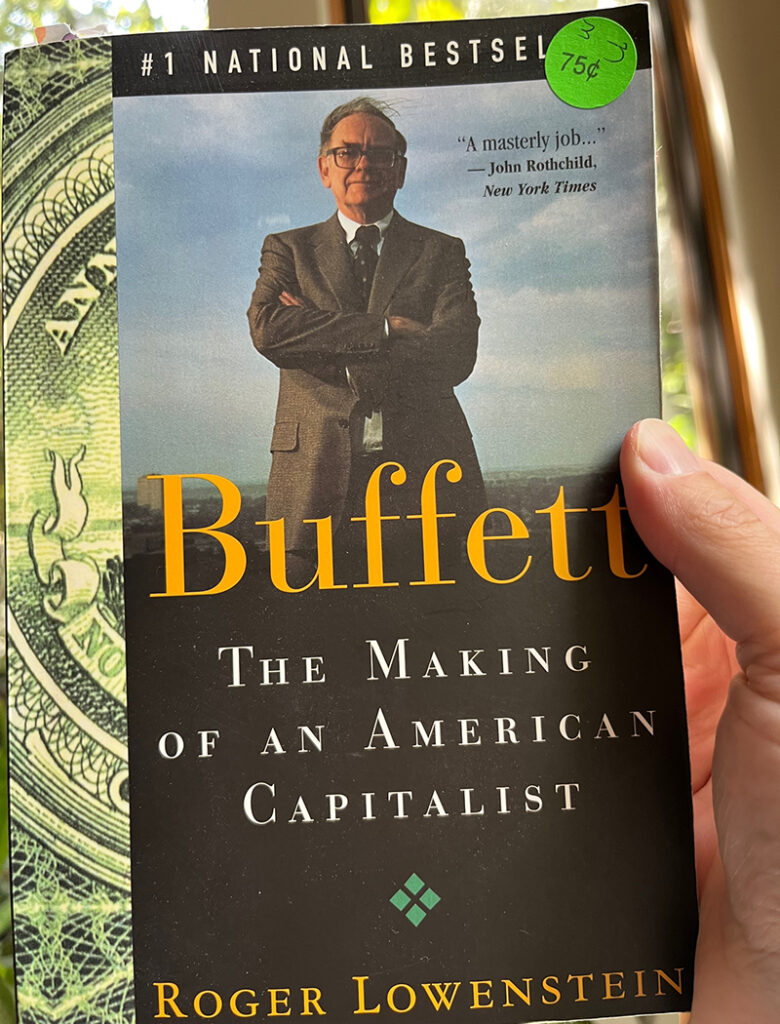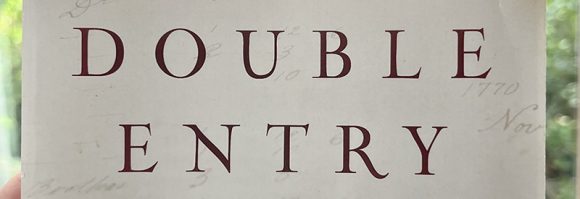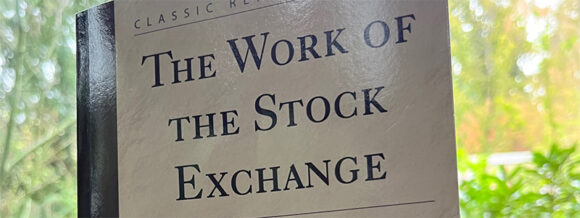After finishing Buffett: The Making of an American Capitalist by Roger Lowenstein, I’m confident that Warren would be quite pleased that I managed to pick up a used copy for just 75¢ at my local library. Warren may be one of the 10 richest people on the planet, but Warren Buffett loves a bargain.
Like most owners in Berkshire Hathaway, before reading this book I knew a little about Buffett and a little about the history of Berkshire, but most of the histories of the man and his company are, these days, wrapped more in myth and legend than in reality. This book helps unwrap the mystery.
TL;DR: it was far more happenstance than plan. Warren applied for and was rejected by Harvard Business School. He ended up instead at Columbia University, where he was taught by and befriended Benjamin Graham, the father of value investing. Upon graduation, Warren applied for a job at Graham’s Wall Street trading firm, and was turned down. Warren instead worked for his father’s Omaha-based brokerage (surprise, stock trading was the family business), only to be called up by Graham a few months later, reversing the rejection.
But then within a year or two Graham shut down his firm, leaving Warren directionless once again, except that a few Graham clients asked who to work with, and the answer became what was later consolidated into the Buffett Partnership Ltd. Another surprise, Warren’s initial success was operating as a solo investment advisor, running private investment partnerships, using techniques that today are normal inside hedge funds.
It was Buffett Partnership Ltd that initially invested into a public company called Berkshire Hathaway, a textile manufacturer in New England which a decade earlier was a merger of two older textile manufacturers. Warren bought it because it fit Graham’s teaching of what made for a good investment. The company had a portfolio of stocks and bonds worth nearly as much as the share price. The share price depressed because textile manufacturing in 1963 was already leaving the U.S. for lower-cost production overseas.
Many people have asked Buffett if that initial investment paid off, and both he and his partner, Charlie Munger, admit that Berkshire Hathaway was, in hindsight, a terrible investment, but that they overcame that mistake and “it turned out OK.”
The biggest surprise of the story is from 1969, when Warren Buffett wrote a letter to the partners in the investment partnership, announcing his retirement. I posted that story months ago, and two follow-ups too. (Still retired in 1974 and The SEC created Berkshire Hathaway).
Ultimately, what surprised me the most was that none of Buffett’s 60+ year career ever seem to start with a plan. He accidentally ended up at business school with a teacher would would become his mentor. He accidentally ended up running an investment partnership. It made a bad investment, but one that took its first steps toward the investment holding company we know before 1969, and thus accidentally became one of just two investments not liquidated in the 1969 retirement. A few years later the SEC investigation caused Warren to consolidate his efforts under the Berkshire Hathaway umbrella, and also brought Charlie Munger officially in as partner, instead of just co-investor and confidant.
Happenstance, serendipity, and luck, all wrapped in an envelope of investor genius who could take advantage of all those opportunities as they arose. That is the big lesson in understanding the history of Warren Buffett and Berkshire Hathaway, the biggest unplanned success in business history.














